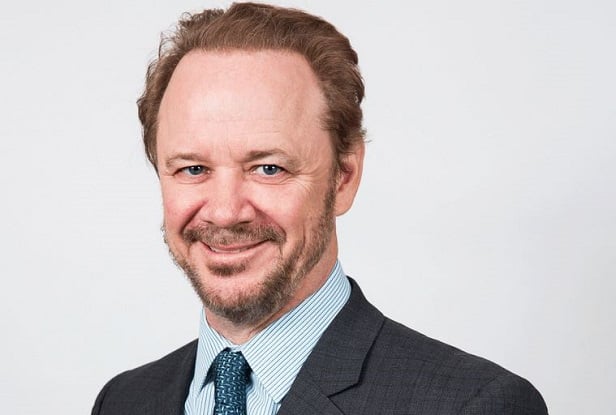The medical sector is one of the quieter, more under the radar property types within the net lease world. Though not as abundant as dollar stores or ubiquitous as fast food; medical net lease properties offer investors steady cash flows, low-to-no management burden, and cap rates which beat out other similarly sized deals. Furthermore, an aging demographic shift will help ensure this asset type remains a viable investment well into the future.
Dissecting the Sector
For the purposes of this analysis we're defining the medical sector as the service industry that provides healthcare services to the retail public. We're excluding from this however, the dialysis providers and actual hospitals as they really require their own separate analysis. We're limiting ourselves here to primary care physicians, specialty medical practices, eye doctors, dentists, urgent care, and plasma donation centers. Most of these businesses operate out of free-standing facilities or end caps in retail/mixed-use centers, generally in highly trafficked areas.
Calkain's recently released Medical Sector Net Lease Report 2019 noted a cap rate increase to 6.99% from the 6.82% cap rate reported in late 2018. This increase is pretty modest.
One reason for this strong showing, in light of wider market cap rate increases, is because the tenant lease-renewal rates are very high, as are rent escalations. Healthcare tenants typically spend a lot of money on unique build-outs, as well as specialty equipment, such as X-ray machines for urgent care facilities as well as the increased electrical needs to support these machines. Consequently, relocations can be difficult and costly.
Furthermore, many of these practices are in a specific location because of proximity to a specific target patient population. Picking up stakes and moving is not only difficult on the physician or clinician, it's also difficult on patients who are used to receiving care in a specific facility.
Overall, while there is a non-zero risk of a net lease investor being stuck with an empty healthcare facility, that risk is actually pretty low, due to the time, expense and complications of tenant relocation.
A couple of trends are helping to enhance the desirability of medical net lease property investments.
Demographics
The Population Reference Bureau (PRB) reported that the number of Americans age 65 years old and above will double from 52 million in 2018 to 95 million by 2060. Specifically, baby boomers are growing older and the younger Generation X cohort is also aging. Meanwhile, millennials are growing up, getting married and starting families. As such, the demand for healthcare services is expected to continue to grow among all population segments, from geriatric care required for baby boomers, to family and individual healthcare services to younger families.
The "Retail-ization" of Healthcare
Due to the increasing demand for medical services, providers are branching from the medical campuses into neighborhood locations in neighborhoods. The preferred real estate is in retail centers and mixed-use projects that are close to residential areas, with plenty of patient parking.
The Outlook
Healthcare real estate is considered recession and e-commerce resistant. Even with remote services and telemedicine in play, medical services delivery remains highly personal, with patients needing to meet with providers in physical locations for everything from blood tests to outpatient surgery.
The appeal of net lease medical properties continues to grow, especially as healthcare systems acquire one-off physician practices and smaller groups to expand their off-campus reach. Net lease medical real estate will continue for the foreseeable future to be an asset type highly sought after by net lease investors.
© Touchpoint Markets, All Rights Reserved. Request academic re-use from www.copyright.com. All other uses, submit a request to [email protected]. For more inforrmation visit Asset & Logo Licensing.








